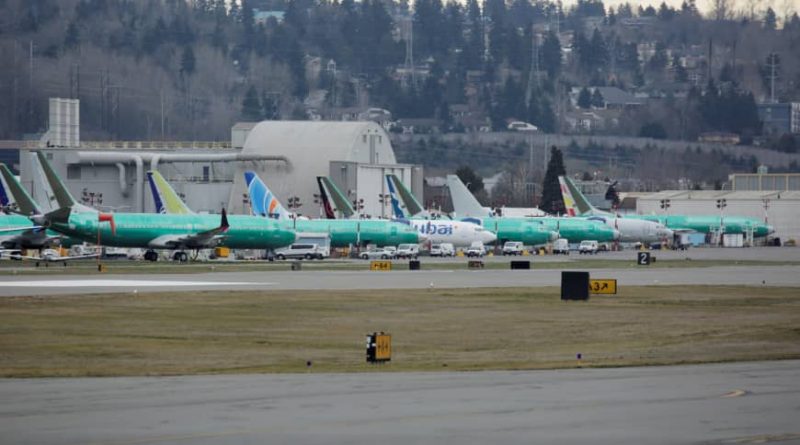Boeing and the 737, from bad to worse
On May 7, the title of my text was: “MaxGate, the cup runs over”. At that time, I was far from suspecting that it was only a beginning. Four months later, things are still getting worse for Boeing.
The 737NG
Last Friday, Boeing confirmed the presence of cracks on the “pickle fork” of a B737NG with about 35,000 cycles. There are four “pickle fork” on a B737 and they are used to attach the fuselage to the wings. It is therefore a major problem especially that the expected lifespan of the “pickle fork” is 90 000 cycles.
The first discovery was made on a passenger plane that was being converted into a cargo plane. Other cracks were discovered during subsequent inspections on other B737NGs. The number of aircraft with cracks and the severity of these are not known. Boeing and the FAA are conducting further inspections to establish the magnitude of the problem.
In its original design, the B737NG did not have Winglet wings. Their addition increases the weight of the wing tips and changes the moments which could explain the cracks. Another possible explanation is the manufacturing defect of some pickle fork coming from a particular batch. Replacing the pickle fork is an important job that is ideally done during a structural revision a D check. The replacement cost is of the order of one million dollars.
Normally, Boeing should have no trouble handling this problem even in the worst case scenario of replacing all the pickle fork of all B737NGs. But in the current context with the problems of MAX, it’s adding up and Boeing now as many problems to solve. Note that in this case, Boeing handled the problem in the right way and prioritized public safety.
The MAX again
We are in October and Boeing has not yet submitted to the FAA its latest changes to the MAX. Boeing has missed another schedule she set herself. In fact there is no one in the aviation industry who believe that the MAX will return onto service in 2019 … except for Boeing of course.
Last weekend, the Wall Street Journal went on another troubling revelation about MCAS. The first version of MCAS was developed by Boeing ten years ago for the KC-46. According to a source quoted by the Wall Street Journal, this first version uses several angle of attack sensors and acted with much less force on the control surfaces. These measures were intended to prevent pilots from losing control of the aircraft in the event of a malfunction.
This revelation demonstrates that in the past, Boeing had already assessed that MCAS was a critical system. It will then be difficult to justify why the MCAS was deemed uncritical on the MAX.
The trade war
Everyone expects Washington to impose tariffs on the import of planes coming from Europe. This new trade war follows Boeing’s complaint against Airbus to the World Trade Organization. How can a company like Boeing that exports more than half of its production hope to win this war?
The imposition of tariffs and the crisis of the MAX has already closed the Chinese market to Boeing. A tariff war against Europe will close this market as well. Boeing already has more than 600 MAX grounded, to whom will she deliver them if these two markets are closed to her?
>>> Follow us on Facebook and Twitter

